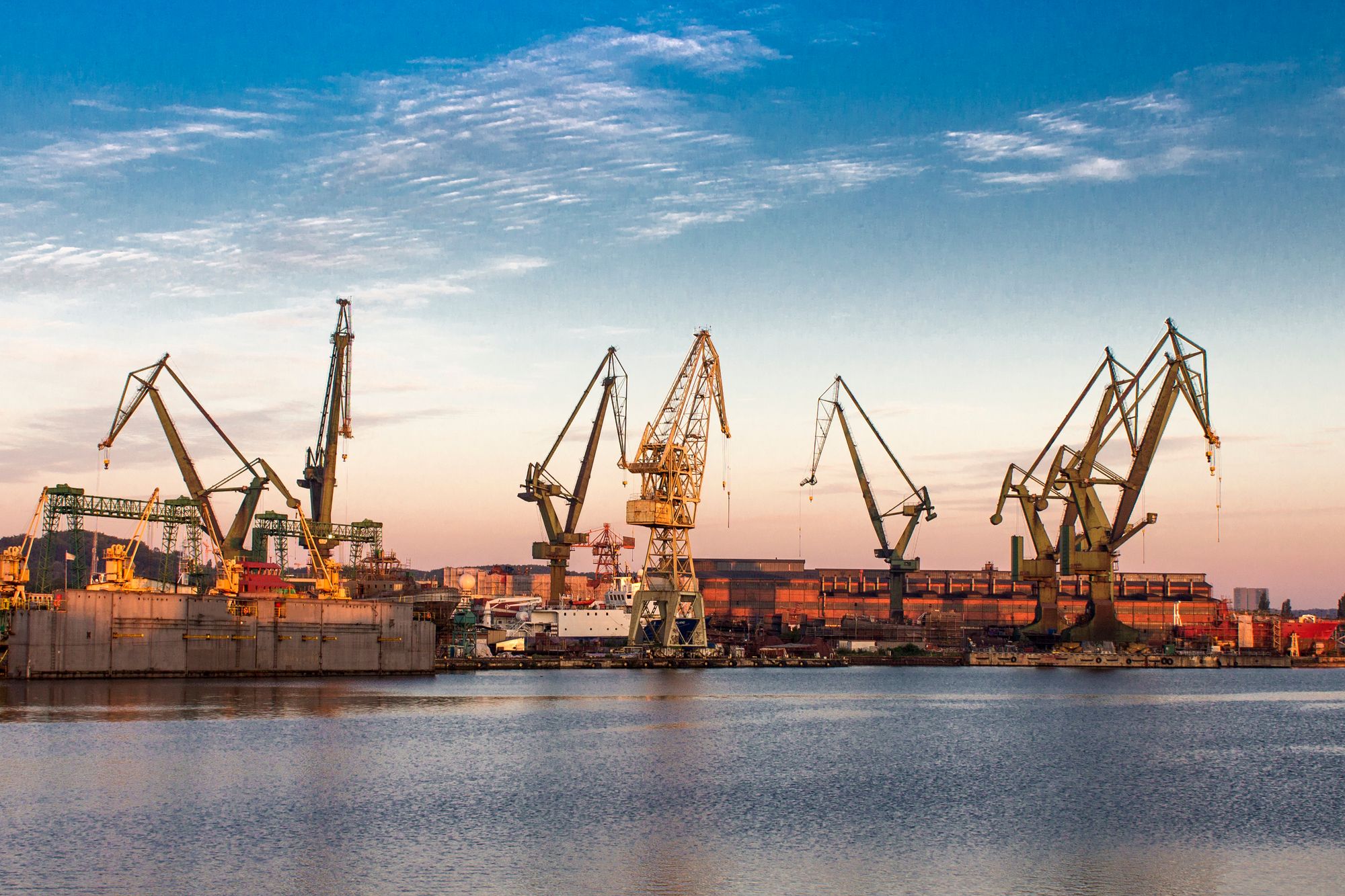What is the Shipyard Infrastructure Optimization Program (SIOP)?

The Shipyard Infrastructure Optimization Program (SIOP) is a joint initiative between the U.S. Department of the Navy and the U.S. Department of Homeland Security to improve the security, efficiency, and effectiveness of the Nation's shipyards.
Why was the SIOP created?
The SIOP was created in response to the attacks of September 11th, 2001, and is designed to reduce the vulnerabilities of our shipyards to terrorist attacks. The SIOP program provides federal funding for construction projects at shipyards across the country that are designed to improve security and protect critical infrastructure.
Who is managing the execution of SIOP?
The SIOP is administered by the Federal Emergency Management Agency (FEMA) and is overseen by a joint committee of representatives from the Department of Homeland Security, the Department of Defense, and the maritime industry. SIOP has funded over $1 billion in construction projects at more than 50 shipyards across the country. SIOP-funded projects include security enhancements such as video surveillance systems, access control systems, and perimeter fencing; facility improvements such as blast-resistant doors and windows; and infrastructure upgrades such as waterway dredging and channel stabilization.
What are the problems with SIOP?
There have been several problems with the SIOP that have caused it to be less effective than intended. Below are some of the most impactful issues:
1. Goal Execution Challenges
According to the US Government Accountability Office (GAO), the SIOP has been failing to meet deadlines and benchmarks during the rebuild process due to a delay in the drafting of plans which has severely delayed the estimated completion date. The GAO confirmed that “detailed shipyard investment plans will not be complete until the fiscal year 2025, 3 years later than planned.”
2. Lack of Adequate Funding
One problem is that the SIOP has not been adequately funded. As a result, many shipyards have not been able to implement the necessary improvements. According to the Federal News Network, the lack of funding paired with other problems has delayed the project by three years, already.
3. Slow Adaptation
Another problem is that the SIOP has been slow to respond to changes in the shipbuilding industry. This has made it difficult for shipyards to keep up with the latest technologies and stay competitive.
4. Transparency Issues
The SIOP has also been criticized for its lack of transparency. This has led to confusion and frustration among shipyard workers who do not know how the program works or how it will affect their jobs. Despite these problems, the SIOP has still managed to improve the infrastructure of many shipyards. However, until these problems are addressed, the SIOP will continue to be less effective than it could be.
How does GovGig support the efforts of SIOP?
GovGig’s professional service team is composed of subject matter experts who have spent the majority of their careers working in and around the private sector as well as the government industry and can provide valuable support to current companies as they navigate these critical shipyard projects.
Additionally, we can assist your team to find qualified talent as well as training current staff. Hence, they are better equipped on the job site and can execute projects with efficiency, while maintaining accuracy.
We can help! Sign up on govgig.us today!

